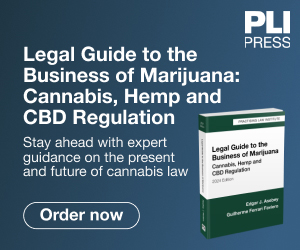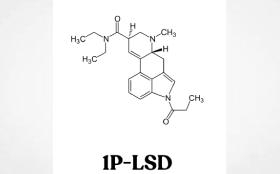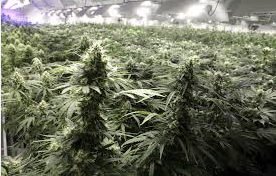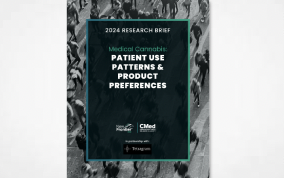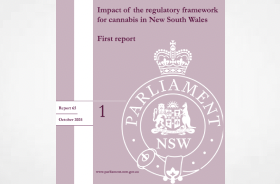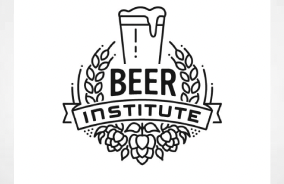1P-LSD (1-propionyl-lysergic acid diethylamide) is a newer but nearly identical analogue of LSD that’s sold on the gray market as a “research chemical” or a “novel psychoactive substance” (NPS). Matthew Aragón, a drug education consultant and harm reduction activist, tells DoubleBlind that 1P-LSD and other novel psychoactive substances exist to circumvent international drug laws due to their slightly altered chemical structures and similar effects to prohibited drugs.
It’s not yet verified, but 1P-LSD is often referred to as a “pro-drug” of LSD, which means that it may be converted into LSD inside the body. According to this model, the body then absorbs the harmless propionic acid, leaving an intact LSD molecule. To get technical, it’s thought that 1P-LSD’s propionyl group (represented as “1P” in the compound’s name) is separated and digested by the human body’s normal metabolic processes. This explanation seems to make sense, given that users of 1P-LSD report virtually identical effects with LSD, and similar effects between the two substances have been observed in animal and human models. Still, it’s worth mentioning that, in animal models, research suggested that 1P-LSD may be less potent than LSD. Still, doses given to laboratory mice don’t necessarily reflect the doses used by humans.
1P-LSD vs. LSD
LSD and 1P-LSD are remarkably similar in chemical structure, differing only in a small group of atoms (pictured in the bottom of the model) called a “propionyl group” that, in 1P-LSD, attaches to a nitrogen atom in the “indole” portion of the LSD molecule.
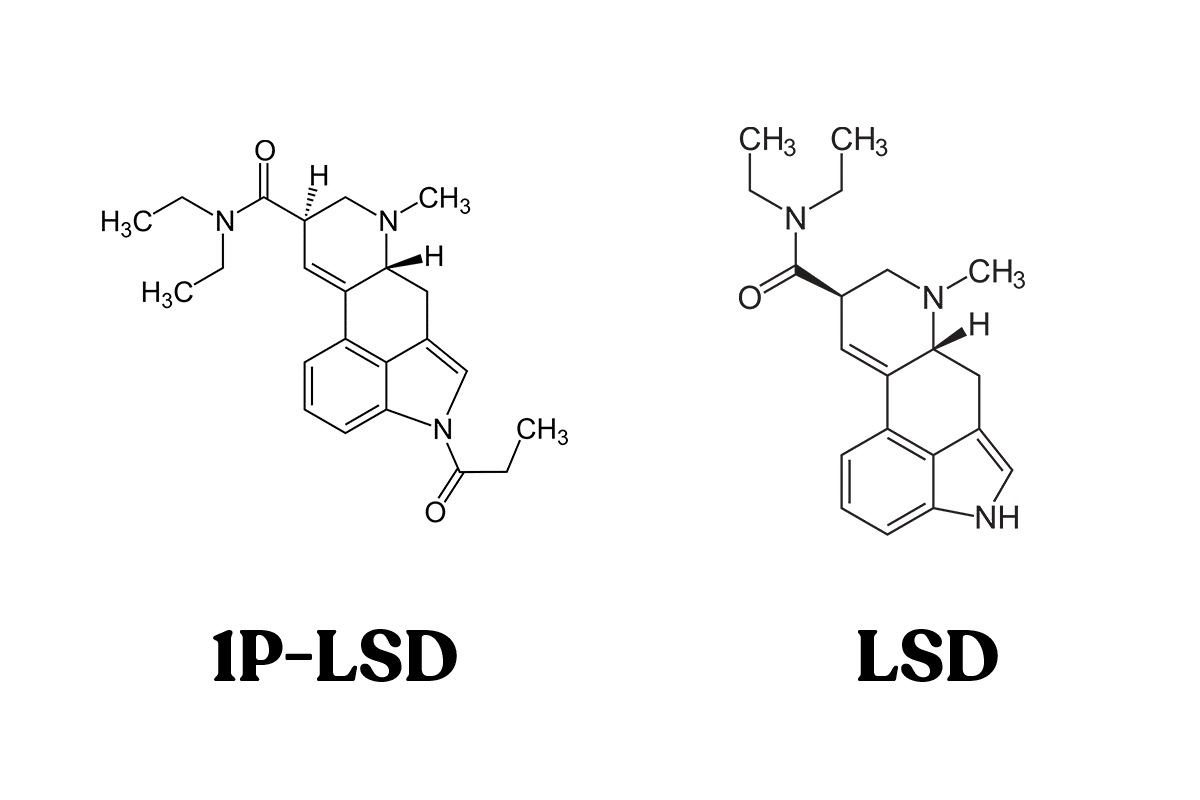
According to Aragón, experienced users report extremely similar—even identical—effects from the two substances. In his work with DanceSafe, he’s observed that 1P-LSD users often report more consistent experiences with 1P-LSD than with LSD. This, he says, may be due to the fact that there are fewer worldwide manufacturers of 1P-LSD compared to LSD. As a result, it’s possible that the 1P-LSD on the market is more consistently dosed than LSD is.
